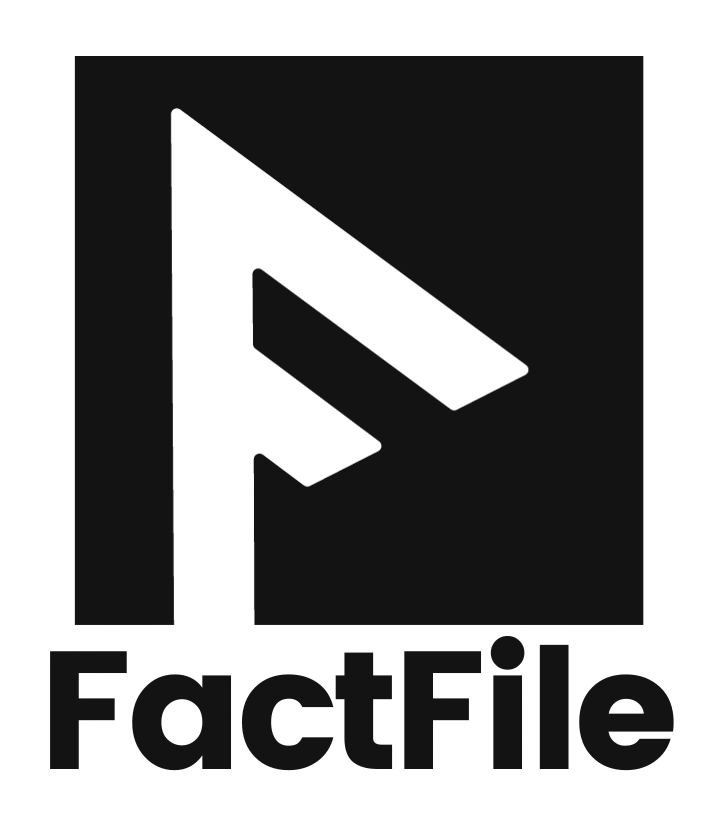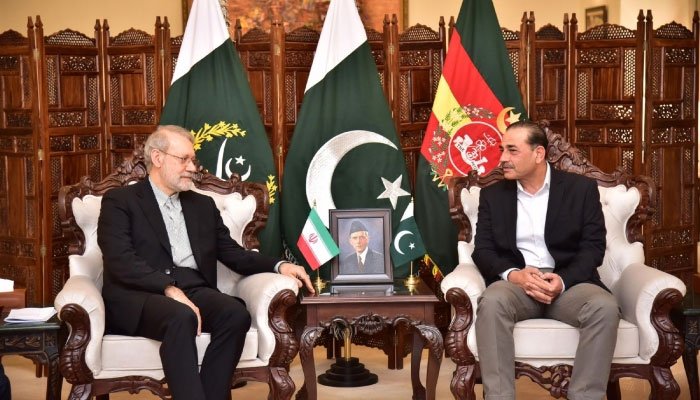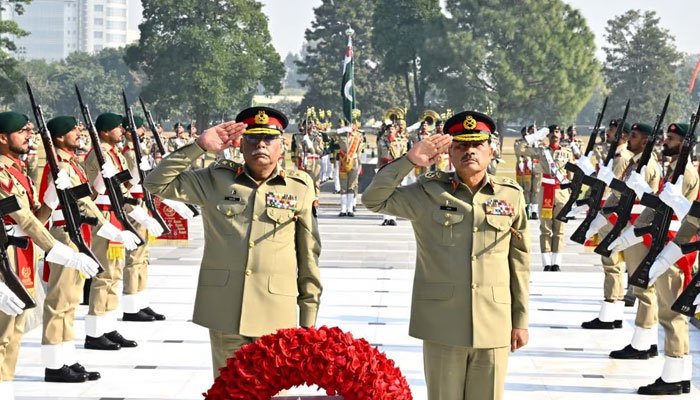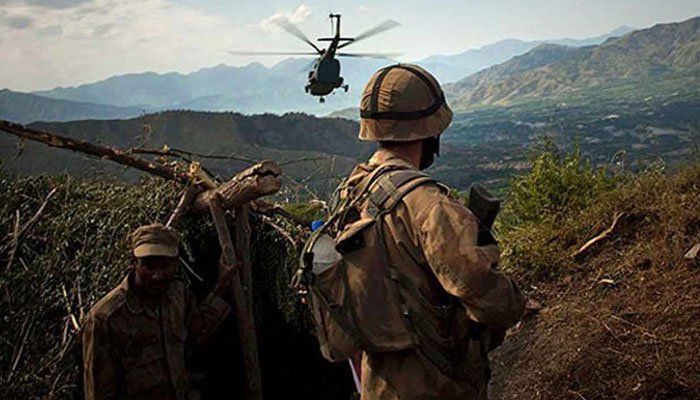At critical junctures, the government entered into formal negotiations with the Committee.
Successful Negotiations: Awami Action Committee’s Rise & Impact in Azad Kashmir. Earlier, the Jammu & Kashmir Joint Awami Action Committee (JKJAAC) had activated Plan B, called for a mass mobilization toward Muzaffarabad started midnight on 30 September 2025. This strategic move involved blocking all entry points into Azad Jammu & Kashmir, followed by a large-scale, peaceful long march.
The escalation follows the Neelum Bridge incident, where one protester was killed and 18 injured. Despite earlier government concessions in 2024, the Committee now demands broader reforms. Protesters from across AJK- including Mirpur, Neelum, Poonch, and Palandri participated.
Emergence of the Awami Action Committee
The Awami Action Committee, sometimes referred to as the Joint Awami Action Committee (JKJAAC), emerged in Azad Kashmir around 2024. It was born from growing frustration among ordinary Kashmiris.
Many felt ignored by successive governments, especially on issues like high electricity tariffs, expensive essential goods, reserved seats for refugee legislators, and widening economic gaps.
The Committee brought together local activists, professionals, and civil society leaders. Their shared goal was structural reform and social justice.
One of the Committee’s first major campaigns occurred in May 2024. Protests erupted in Muzaffarabad against soaring prices of wheat, electricity, and other daily necessities. The Committee led these demonstrations, accusing the state of failing its people. In response, authorities quickly reduced electricity and flour prices. This early win gave the movement momentum and credibility.
After this, the Committee released a formal charter of demands. Over time, this grew to include as many as 38 points. The demands covered a wide range: ending elite privileges, renegotiating power agreements, cutting taxes, revoking refugee seat quotas, improving infrastructure, and increasing transparency. Many Kashmiris, long tired of inequality and neglect, connected with these goals.
Institutional Growth & Political Role
Over time, the Awami Action Committee broadened its reach by coordinating protests, strikes, and public mobilizations across multiple districts of Azad Kashmir-Mirpur, Kotli, Rawalakot, Neelum Valley, among others. It positioned itself as a foil to the ruling elite and a champion of ordinary citizens. Its members frequently framed their struggle not against the Pakistani state per se, but against what they described as systemic neglect, corruption, and unequal treatment of Kashmiris.
As protests gained momentum, the Committee gained media visibility. During the 2025 unrest, they called shutter-down and wheel-jam strikes across the territory, demanding that the government accept their 38-point charter. Security forces responded with force in some areas, and tensions escalated, prompting high-level government intervention.
At critical junctures, the government entered into formal negotiations with the Committee. For example, in October 2025, a delegation from the federal government began talks in Muzaffarabad with Joint Awami Action Committee interlocutors, seeking a peaceful resolution to the unrest. These talks involved senior ministers, federal representatives, and leaders within the Committee itself. Public statements indicate that consensus was reached on a draft agreement containing many of the demands, and that a permanent monitoring committee would oversee implementation.
However, talks have also broken down at times. Earlier in September 2025, negotiations were suspended after a stalemate over the abolition of elite privileges and the issue of refugee seats in the Azad Kashmir legislature. The Action Committee declared those talks “incomplete and inconclusive.”
In parallel, the Committee has at times been involved in more confrontational tactics—public protests, blockades, and mass mobilizations—exerting pressure for government concessions.
Recent Events & Turning Points
In late September 2025, tensions peaked when the Awami Action Committee launched a region-wide strike in Azad Kashmir (often described as “shutter-down and wheel-jam”) to press their demands. The protests quickly turned violent in some areas, leading to clashes with security forces, casualties, property damage, and communication blackouts. The government responded by deploying a high-level delegation and suspending mobile and internet services in various districts.
In media coverage, the Committee was frequently referred to as “Joint Awami Action Committee” or JKJAAC, reflecting its coalition nature. Its demands were amplified by public outcry and coverage in national press, which pressured the government to negotiate. On October 3, reports indicated that an agreement was drafted and being reviewed by both sides, and a monitoring body was proposed to supervise implementation.
The final agreement reached reflects many elements the Committee long advocated: compensation for victims, jobs for families, infrastructure development, reforms in education, healthcare, local government, energy system improvement, and limiting the privileges of officials.
Challenges, Criticism & External Dynamics
Despite its growing influence, the Committee has not been immune to criticism. Some argue that its demands are unrealistic or financially unsustainable. Others worry that it uses identity politics in ways that may deepen divisions. Opponents claim that the group uses public discontent to advance political ambitions rather than focusing solely on public welfare.
Elsewhere, in Indian-administered Kashmir, a separate group with a similar name has faced serious restrictions. In March 2025, India banned the Mirwaiz-led Awami Action Committee for five years under the Unlawful Activities (Prevention) Act. This decision triggered widespread condemnation in Pakistan and among Kashmiri activists.
Back in Azad Kashmir, the Committee’s future now depends on its ability to hold the government accountable. The monitoring committee that emerged from the October 2025 agreement will play a crucial role in ensuring real progress on reforms.
Conclusion
From its humble beginnings as a civil society coalition voicing frustrations over economic hardship and inequality, the Awami Action Committee has evolved into a formidable force in Azad Kashmir’s political landscape. It has successfully channeled public discontent into organized demands, mobilized widespread protests, and forced government engagement on structural issues long considered taboo. The recent historic agreement marks a significant victory in its journey-but translating rhetoric into sustained action remains the crucial next step.





